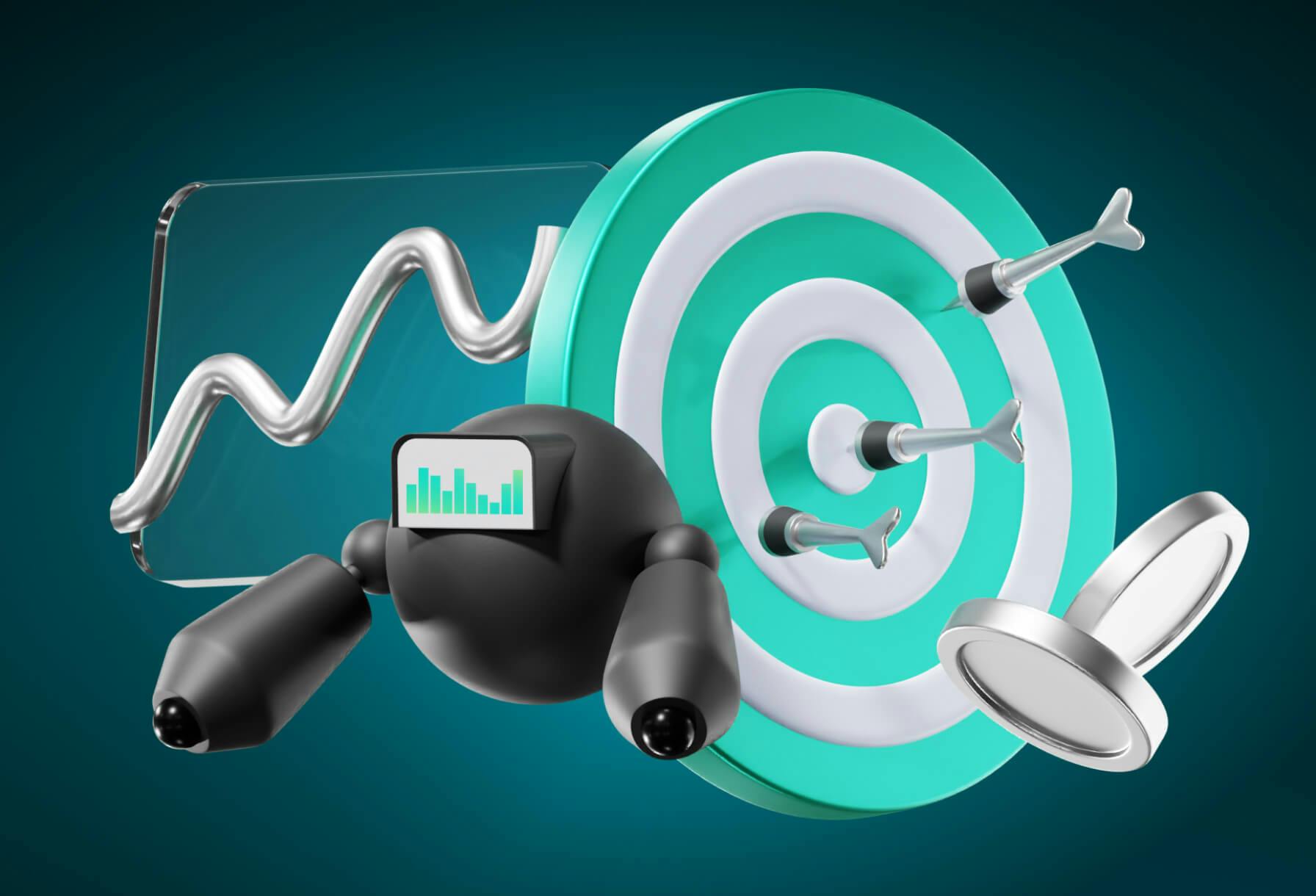
- All
- Tools
- Analytics
- Technical Analysis
- Trading
- Blockchain
- DeFi
- Guides
- Company News
- Educational
- Opinion
- Price Predictions
- Market News
- News
- Trading cases
- Practical guides
- Exchanges
- Trading signals
- Cryptocurrency
- Crypto bots
- Other
Become a crypto master
Learn everything about crypto,
trading and bots

Unleashing Potential with Margin Trading: A Primer for 3Commas Traders
Learn how you can potentially improve your decision-making
Start Trading on 3Commas Today
Get full access to all 3Commas trading tools with free trial period

Please note that this blog aims to explain the theory and fundamentals behind margin trading and should not be considered financial or trading advice. All examples are hypothetical and do not promise or guarantee a positive return on investment. Margin trading can be very risky, and should be approached with caution. Professional traders typically recommend that newcomers start with small leverage to reduce risk while they learn.
Understanding Margin Trading
Margin trading can significantly boost your trading capacity by allowing you to borrow funds for investment, thus increasing potential returns. But what exactly is the margin? It's a security deposit that investors must provide to cover the credit risks posed when they engage in leveraged trading, such as borrowing cash for buying securities, selling stocks short, or entering derivative contracts.
Expanding Your Trading Power
Imagine you spot a trading opportunity where an asset priced at $1,000 per LOT is expected to soar to $1,500 tomorrow. With your $1,000, you could buy one LOT and make a $500 profit if your prediction is correct. But what if you could amplify that profit?
This is where margin trading shines. By opening a margin account and using your $1,000 as an initial margin, you could leverage to buy two LOTS worth $2,000, essentially doubling your potential profit to $1,000 (minus any applicable commissions). This approach not only maximizes your gains but also enhances your market impact.
The Mechanics of Margin Accounts
To engage in margin trading, you'll need to open a margin account with your broker, which typically requires a minimum upfront payment. Once the account is active, you must maintain an initial margin—a percentage of the total trade value. For example, a 50% margin requirement on a $10,000 position means you need $5,000 in your account, borrowing the rest.
Additionally, there’s a maintenance margin to be aware of. This is the minimum balance you must keep to avoid a margin call, where you'd need to deposit more funds or sell some assets to cover the potential loan loss.
Short Selling: Betting on Declines
Margin accounts are also crucial for short selling—selling borrowed securities with the expectation of buying them back at a lower price. If you predict an asset's price drop from $1,000 to $500, you could short sell it by borrowing and immediately selling at the current higher price, then repurchase at the lower price, netting a profit after returning the borrowed shares.
Diving into Derivatives
Futures and options represent the backbone of derivative trading in margin accounts. For instance, buying a futures contract requires an initial margin, say $3,000, to cover potential losses, with a maintenance margin to ensure you can sustain the trade. These financial instruments allow for speculation on asset price movements and hedging against price volatility.
Exploring Financial Derivatives
Financial derivatives, including futures, options, and swaps, derive their value from underlying assets like commodities or stocks. They can be traded on regulated exchanges or over-the-counter (OTC), offering flexibility and opportunities for both speculation and risk management.
- Futures: Obligate you to buy or sell an asset at a set price on a future date, allowing speculation or hedging against price changes.
- Options: Provide the right, but not the obligation, to buy (call option) or sell (put option) an asset at a predetermined price, offering more strategies for traders.
- Swaps: Involve exchanging cash flows or other financial instruments to manage various financial risks.
Why Use Margin Trading?
Margin trading is not just about leveraging for higher profits; it’s also about efficiency and flexibility in managing your investments. Whether you're speculating on price movements or hedging to protect against losses, margin trading can be a powerful tool in your trading arsenal.
For a deeper dive into the mechanics and strategies of margin trading, including helpful visual explanations, check out this detailed video: Understanding Margin Trading.
Conclusion
Margin trading offers a pathway to enhance potential returns, manage risks, and capitalize on market opportunities. By understanding and leveraging the tools available, such as margin accounts and derivatives, traders at 3Commas can potentially navigate the markets more effectively and make more informed trading decisions. Whether you’re looking to amplify your gains or protect against potential losses, margin trading can be a critical component of your trading strategy.
Navigating Margin Trading in 2025: Key Developments for Professional Traders
As the crypto trading landscape evolves, professional traders and asset managers must adapt to new developments in margin trading. Here are several critical updates for 2025:
Regulatory Landscape
Regulations have become more stringent, with authorities such as the UK's Financial Conduct Authority proposing a ban on retail investors borrowing funds to invest in digital assets. This underscores a broader global shift toward enhancing consumer protection and controlling systemic risk.
Technological Integration
The widespread adoption of AI-powered trading tools has reshaped how margin strategies are implemented. Today, an AI crypto trading bot or an automated crypto trading bot can analyze market conditions and adjust leverage or stop-loss levels in real time. 3Commas, as a software provider, now offers advanced AI bot trading configurations that support both risk mitigation and strategy optimization.
Market Trends
The approval of cryptocurrency ETFs has driven a surge in institutional interest. At the same time, the rise of ai based crypto trading bots and auto trading cryptocurrency software reflects a shift toward intelligent automation, where bots continuously adapt based on volatility and volume dynamics.
Risk Management Practices
Managing downside risk is paramount. Traders are placing greater emphasis on features like trailing stop-losses, margin call alerts, and bot-based strategy simulations. Tools such as a crypto trading bot or ai crypto bots—particularly when integrated into automated crypto trading platforms—offer structured ways to test, execute, and refine margin strategies without emotion-driven decisions.
By aligning with regulatory developments and leveraging tools like ai bot crypto trading systems, professionals can manage exposure more effectively while maintaining agility in volatile markets. For those using 3Commas, access to advanced configuration of auto trade bot and altcoin trading bot features enhances margin trading workflows in 2025’s increasingly algorithm-driven ecosystem.






